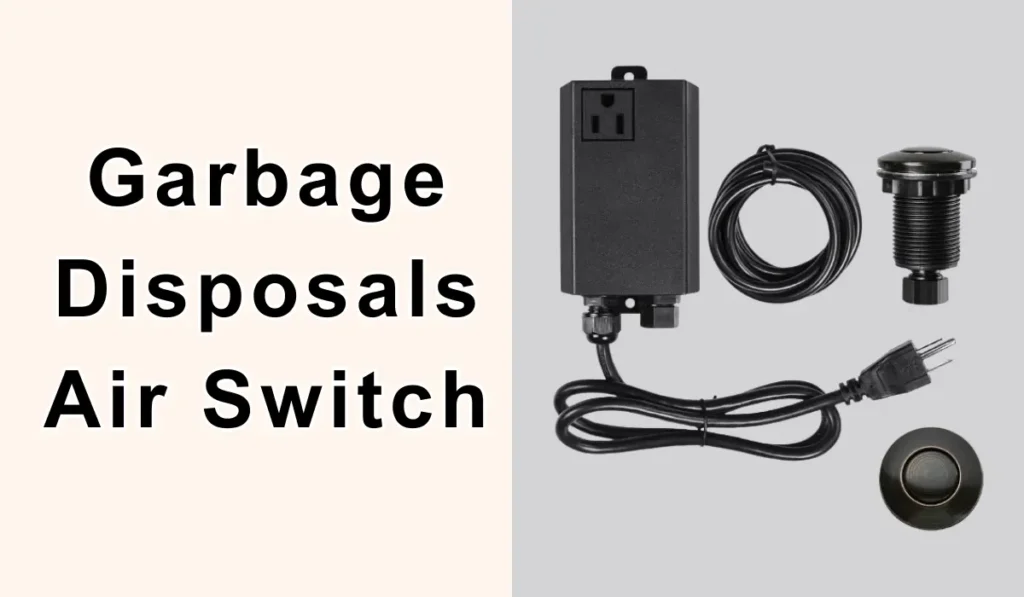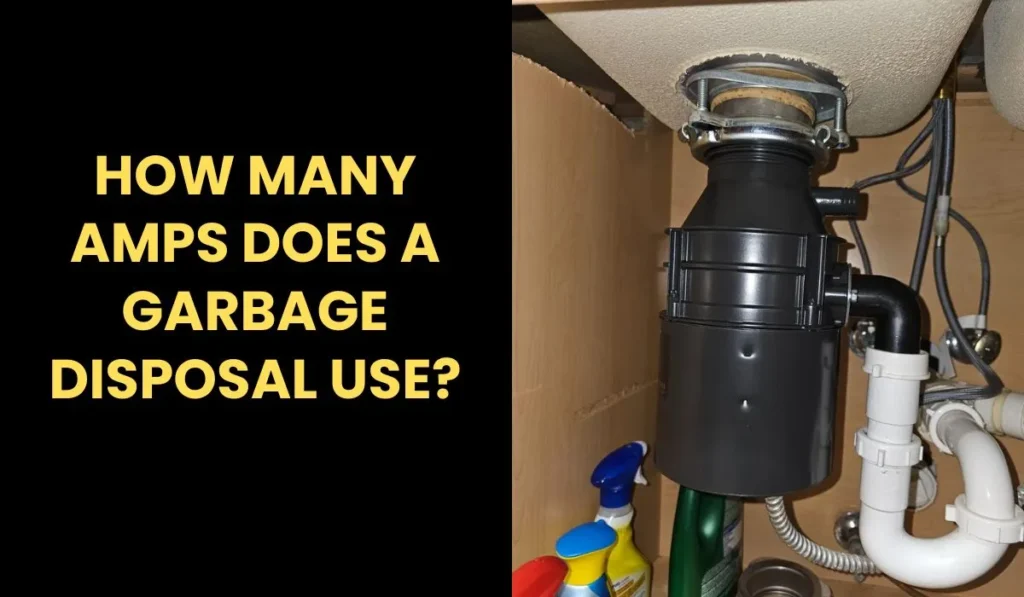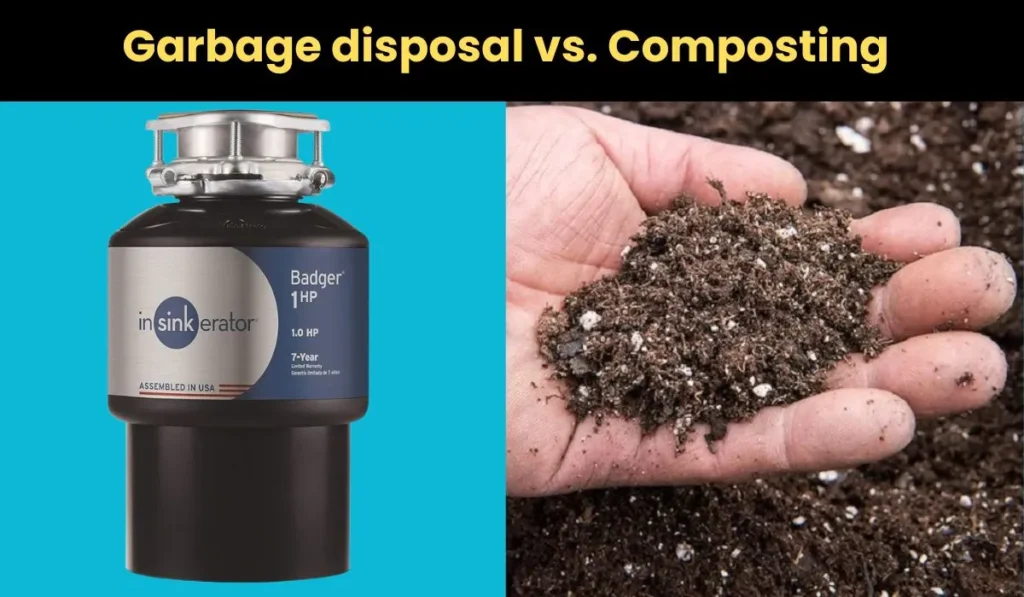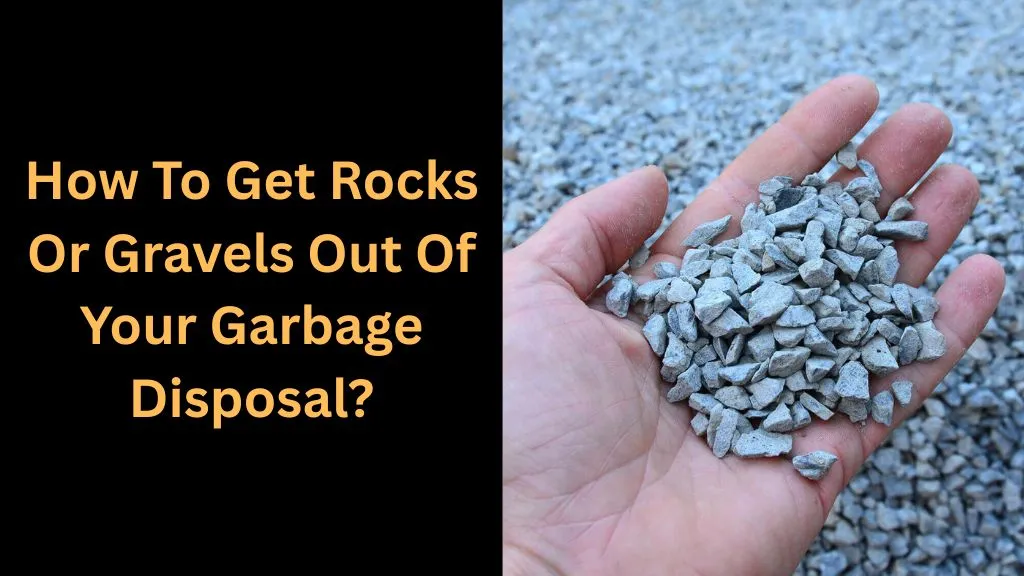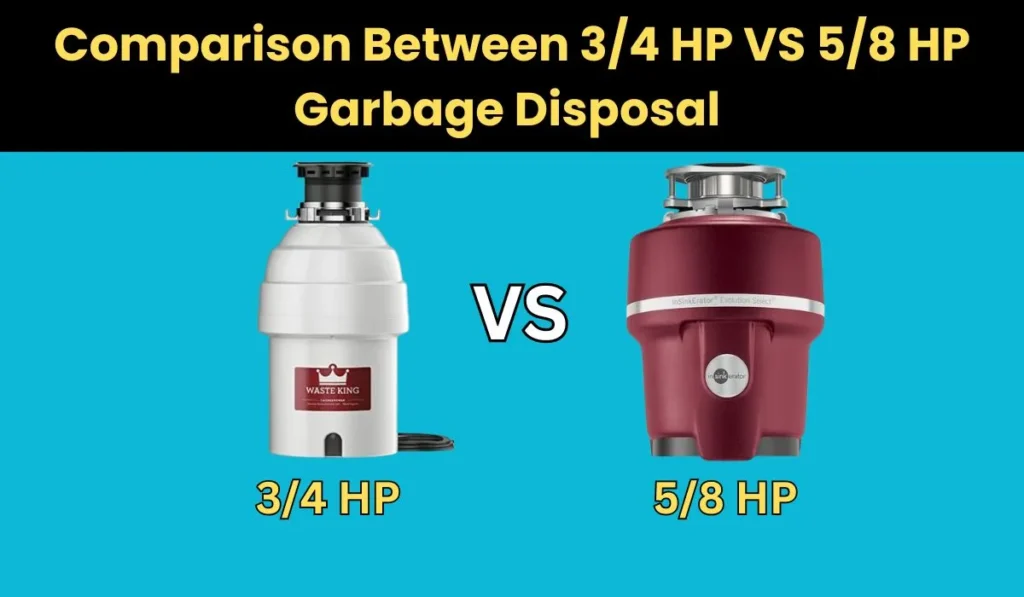How To Wire A Garbage Disposal – A Complete DIY Guide
installing a new garbage disposal can save you a chunk of money. The mounting and drain pipes are straightforward plumbing tasks, but when it comes to the electrical part—wiring it up correctly—most people hesitate. Whether you’re connecting a simple power cord or hardwiring it into your home’s electrical system. This guide is designed to walk you through the process safely and efficiently. Getting the wiring right ensures your disposal runs smoothly, complies with safety codes, and doesn’t become a shock hazard.
Step-by-Step Guide: Wiring Your Garbage Disposal
Phase 1: Safety First
Before you even think about touching a wire, we need to focus on two things: safety and selection. Skipping either step can lead to a dangerous installation or a quickly failing appliance.
Essential Safety Protocols (Don’t Skip This!)
This is the most critical step in the entire process. You absolutely must shut off the power before starting.
- Locate the Breaker: Find the dedicated circuit breaker for your kitchen or the area under the sink (it’s often clearly labeled). Flip it to the OFF position.
- Test for Power: Relying on the breaker switch alone isn’t enough. You must use a non-contact voltage tester to confirm there is zero electrical power at the existing outlet or the old disposal’s wiring compartment. If you don’t own a voltage tester, buy one now—it’s a mandatory, high-leverage safety tool.
If you do not have the voltage tester, you can buy from here:
- Gather Your Tools: You’ll need standard gear like wire strippers, pliers, screwdrivers, and, most importantly, high-quality, sturdy wire nuts. The flimsy ones that sometimes come in appliance kits just don’t offer the long-term security needed against vibration.
Phase 2: The Mechanical Setup (Plumbing First)
The bulk of the installation is mechanical, and you need to finish this before wiring the power.
Prepping the disposal Unit for a Dishwasher Connection
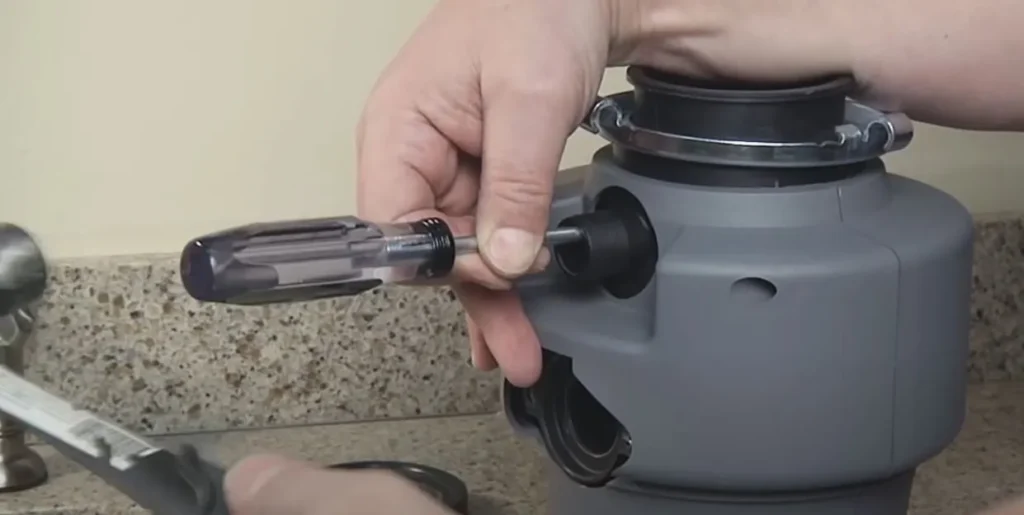
If you plan to connect your dishwasher drain to the disposal, you have one crucial task to do before mounting the unit:
- Remove the Knockout Plug: The garbage disposal has an internal plug (or nipple) that must be punched out. Place the unit on its side, insert a flathead screwdriver into the dishwasher inlet, and forcefully push the plug inward or you can use the hammer and strike the screw driver. Immediately turn the unit over and shake out the loose plug pieces before proceeding. If you skip this, your dishwasher water will back up!
High Loop: Preventing Dishwasher Backflow
This is a critical plumbing step. Once the dishwasher hose is connected to the disposal, you must route the hose in a high loop. This means the hose should be strapped as high as possible under the sink before sloping back down to the disposal inlet. This high loop prevents dirty sink water from siphoning back into your clean dishwasher—a serious hygiene risk. Secure the hose to the disposal inlet nipple with a hose clamp.
Phase 3: Garbage disposal Electrical Wiring
Now for the electrical connections. You have two main options, which depend on what’s already installed under your sink.
Option 1: Power cord kit Installation on garbage disposal (The Easiest Way)
If your new garbage disposal doesn’t come with a power cord, you’ll need to install one before connecting it to power. Don’t worry — the process is simple with a few basic tools and some care. Follow these steps to safely attach the power cord with the d and get your disposal running smoothly.
1. Remove the Wiring Compartment Cover

Start by locating the small metal cover on the underside of the disposal. This cover protects the wiring compartment. Using a screwdriver, remove the single screw holding it in place and lift off the cover. Keep both the cover and screw somewhere safe — you’ll reinstall them later once all the wiring is done.
2. Install the Cord Clamp
Next, insert a cord clamp into the circular opening near the wiring compartment. Feed the threaded end of the clamp through the hole and tighten the locking nut on the inside of the disposal’s base plate.
You may need to reach through the compartment to thread it properly. If the nut feels stiff, lightly tap it with a flathead screwdriver to snug it up. The clamp will keep your power cord from moving or pulling loose once everything is wired.
💡 Tip: Some disposal models have built-in clamp screw holes — if that’s the case, follow the manufacturer’s mounting instructions instead.
3. Strip the Cord Wires (If Needed)
Most appliance cords come pre-stripped, but if yours doesn’t, use a wire stripper to remove about 3/4 inch of insulation from the ends of each of the three wires (black, white, and green).
- For stranded wire, use the “stranded” notch on your stripper.
- For solid wire, use the “solid” notch.
If your cord’s ground wire already has a metal ring terminal attached, leave it as-is — it’s ready to connect.
4. Feed the Cord Into the Wiring Compartment

Slide the stripped end of the cord through the cord clamp and into the disposal’s wiring compartment. Once it’s positioned, tighten the clamp screws evenly to hold the cord firmly in place.
Be careful not to overtighten — the goal is to secure the outer cord jacket without pinching or damaging the insulation.
5. Connect the Wires

Now reach in the splice compartment of your disposal and extend the black and whirte wires. Match each wire from the power cord to its corresponding wire on the disposal:
- Power Cord Green Wire (ground) → Wrap it clockwise around the green grounding screw and tighten firmly.
- Power Cord White Wire (neutral) → Connect it to the white wire of the disposal using a wire connector.
- Power Cord Black Wire (hot) → Connect it to the black wire of the disposal using another connector.
Once all three connections are made, gently tug each wire to make sure it’s secure and won’t come loose during operation.
💡 Tip: In some disposals, the hot lead may be red instead of black — connect it to your black wire. If your cord doesn’t use color-coded insulation, remember: the ribbed wire is neutral, the smooth wire is hot, and the center wire is the ground.
6. Reattach the Wiring Compartment Cover
Carefully tuck the wires back inside the compartment so they don’t get pinched. Replace the metal cover and secure it tightly with the screw you removed earlier. This keeps the electrical connections protected from moisture and vibration.
Option 2: Hardwiring to a Junction Box
Hardwiring means connecting the disposal directly to the home’s permanent wiring system coming from the wall switch, without using a plug.
- The process is similar to the corded method, using a grounded cable (e.g., 14/2 or 12/2) run through a clamp into the wiring compartment.
- The color matching is identical (black to black, white to white, ground to ground).
- Wire Gauge Alert: For standard 1/2 HP units, a 14 AWG wire is usually fine, but if you opted for a 3/4 HP or 1 HP unit, you should be using a 20-amp circuit with heavier 12 AWG wire to handle the high-power draw safely.
Phase 4: Final Assembly and Leak Testing
You’re nearly done! Now it’s time to secure the unit and check your work.
Mounting and Plumbing
- Lock the Disposal: Align the disposal unit’s mounting lugs with the mounting ring you installed on the sink flange. Rotate the lower mounting ring clockwise until the unit is securely locked into place against the sink. Use a disposal wrench or screwdriver for leverage.
- Connect the P-Trap: Connect the P-trap assembly to the disposal discharge tube and ensure all plumbing connections are tightly clamped.
The Two-Stage Test
- Plumbing Test (Water): Restore the water supply and fill the sink basin halfway. Remove the stopper and let the water drain. While it’s draining, visually and manually check every single joint—the flange seal, the discharge tube, and the P-trap—for any sign of a drip or leak.
Electrical Test (Operation): After confirming no leaks, restore power at the circuit breaker. Turn on the water and activate the disposal switch. The unit should start immediately, run smoothly, and shut off instantly when the switch is flipped.
Conclusion
Wiring a garbage disposal might seem intimidating at first, but once you understand the steps, it’s a surprisingly simple project that any careful DIYer can handle. By shutting off the power, using the proper tools, and making sure your wire connections are tight and secure, you can safely install a disposal that runs smoothly for years.
Always remember the key to a safe installation lies in patience and precision. Double-check that your wires are matched correctly, your cord clamp is snug, and your outlet is GFCI-protected. A few extra minutes spent ensuring everything is properly grounded can save you from future electrical issues or costly repairs.
Once everything is assembled and tested, you’ll have a reliable, professionally finished setup without the expense of hiring an electrician. With this simple wiring process complete, your new garbage disposal is ready to make kitchen cleanup faster, cleaner, and far more convenient.
The Author

I’m Muhammad Nabeel Dar, an employee in waste management and the owner of Garbage Waste Disposal with more than four years of experience helping people to control waste and garbage disposals are the best tools to control it. Read more


